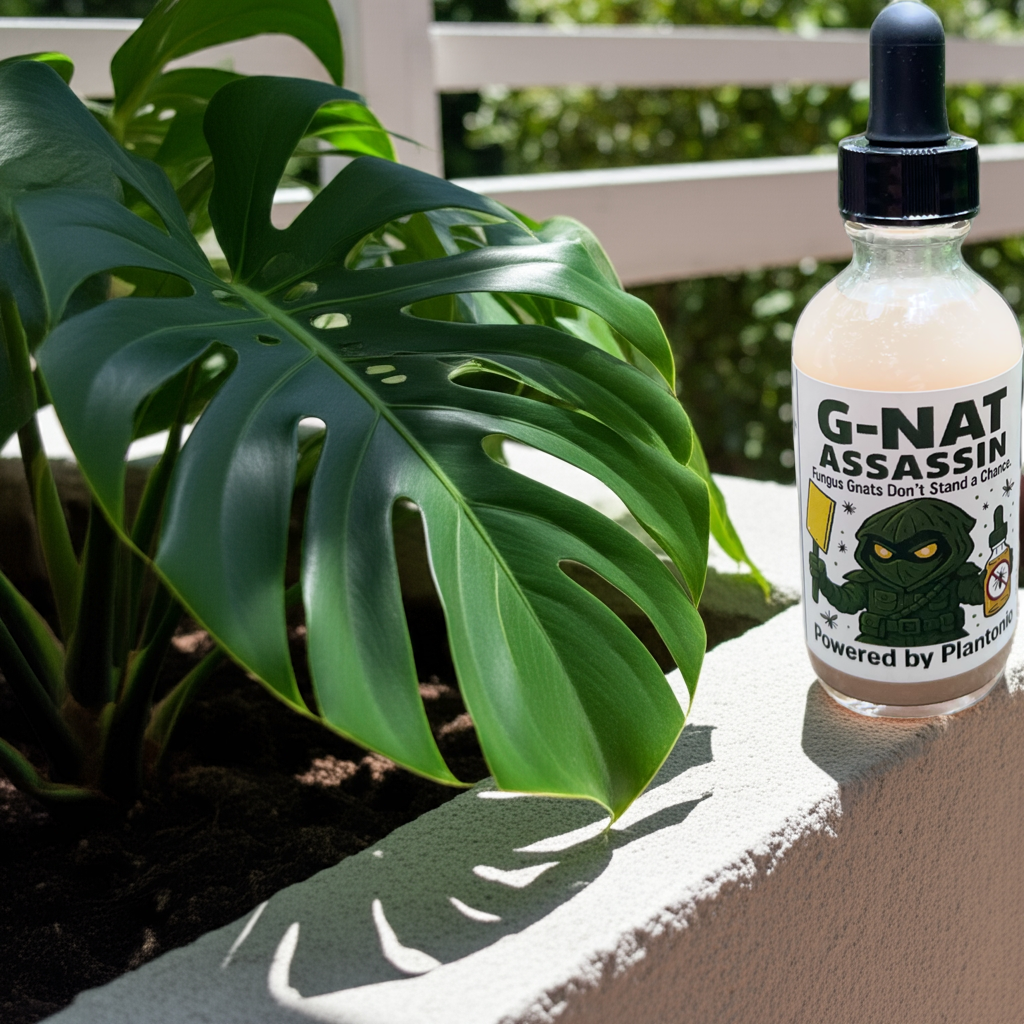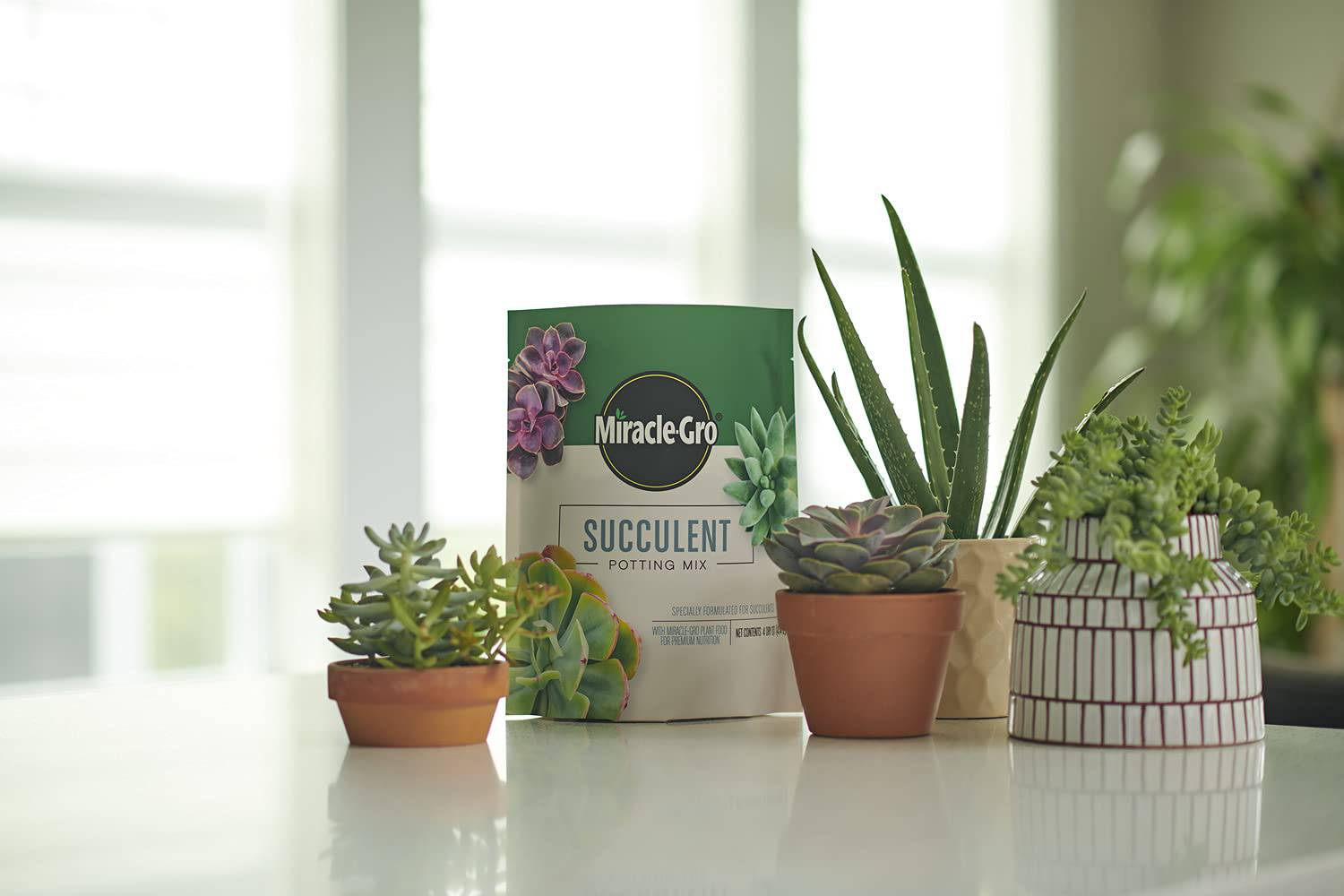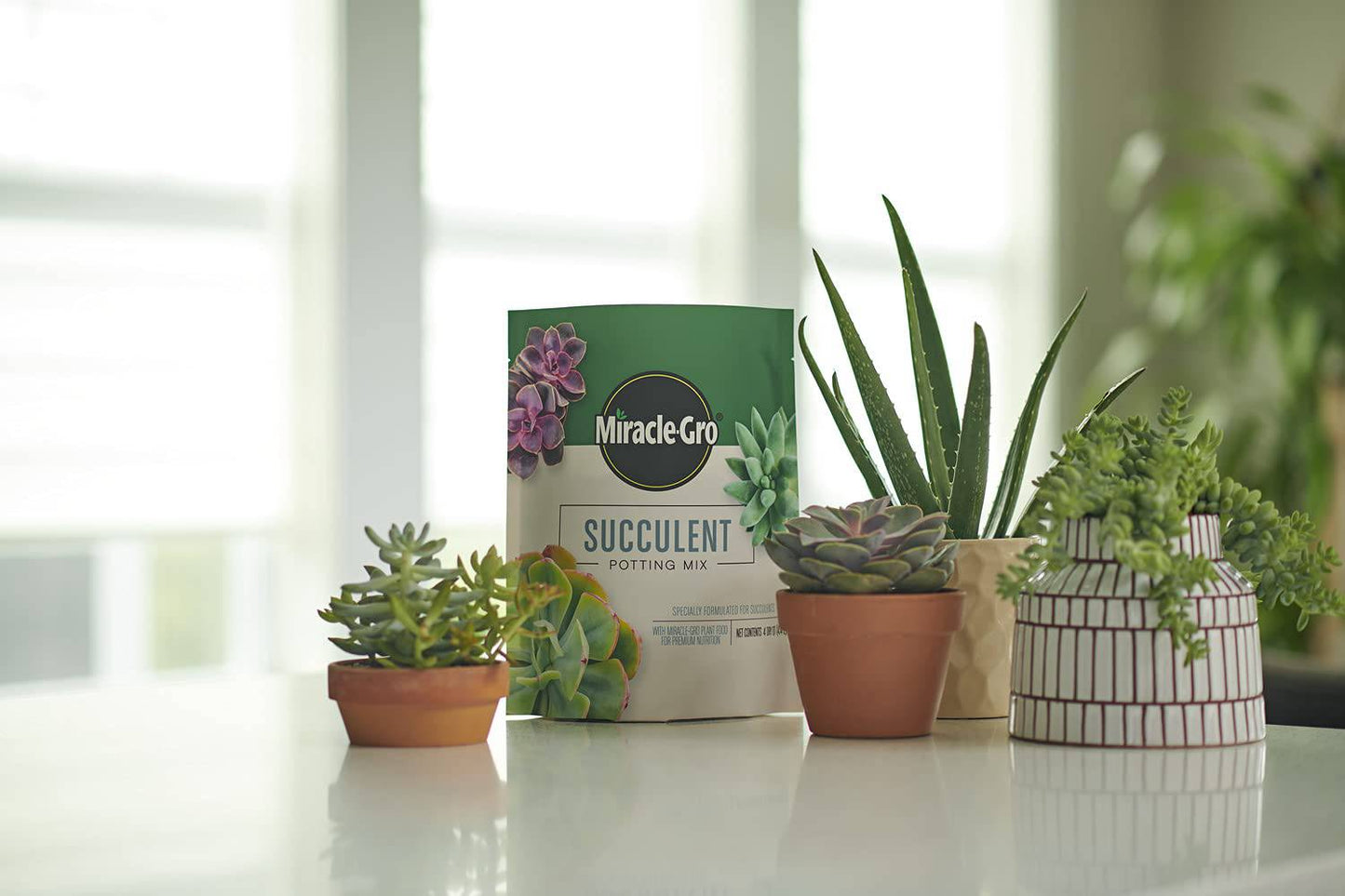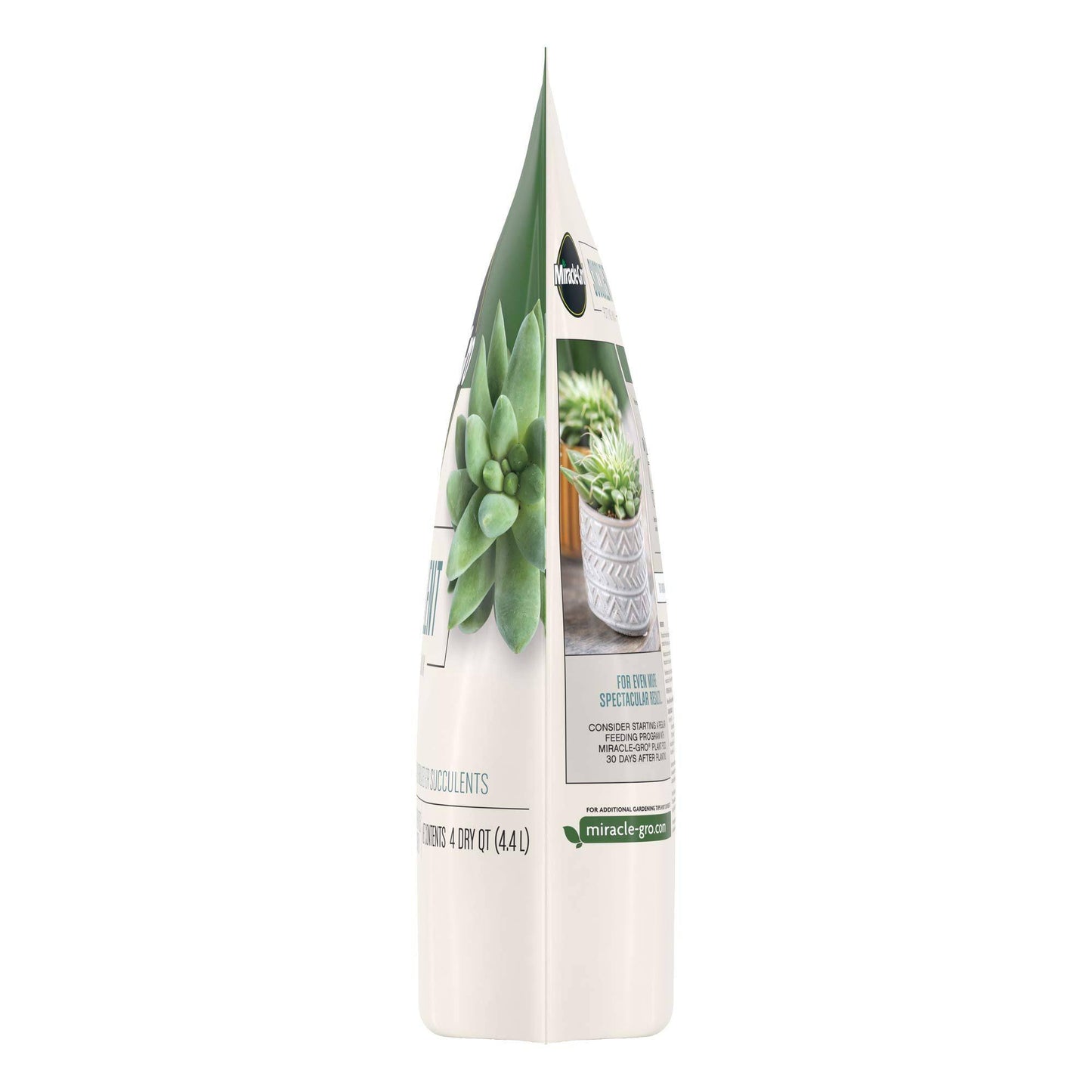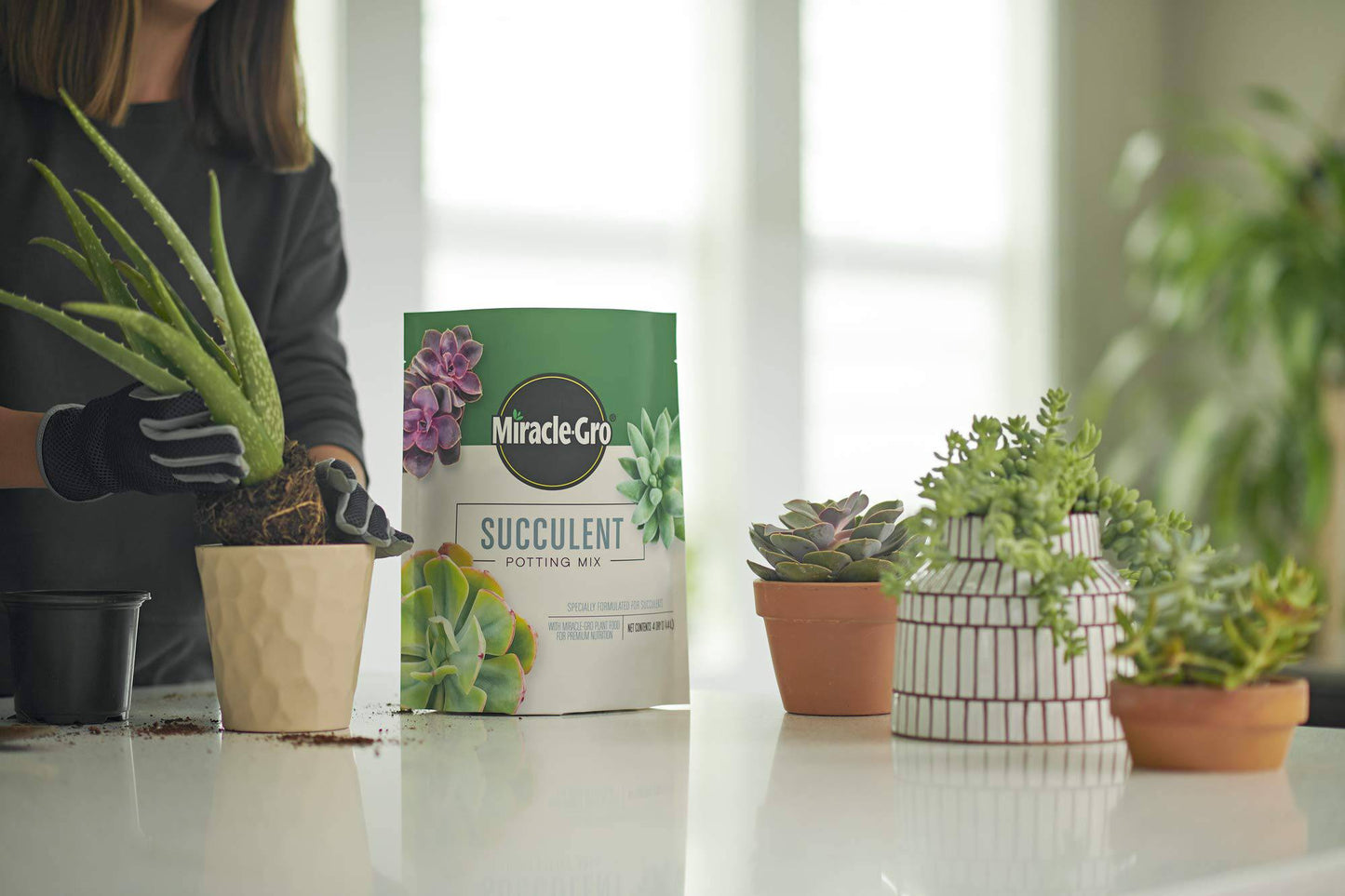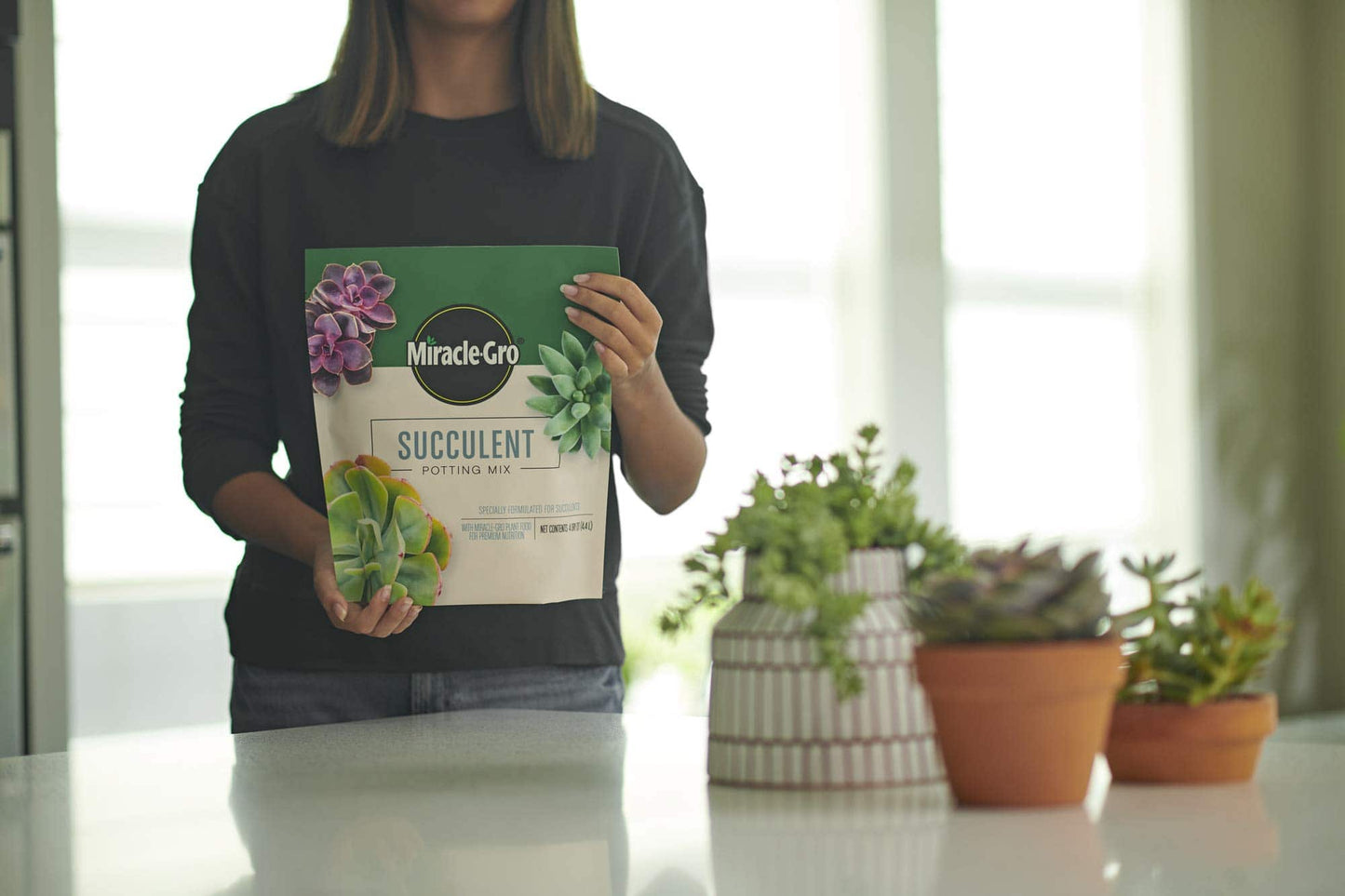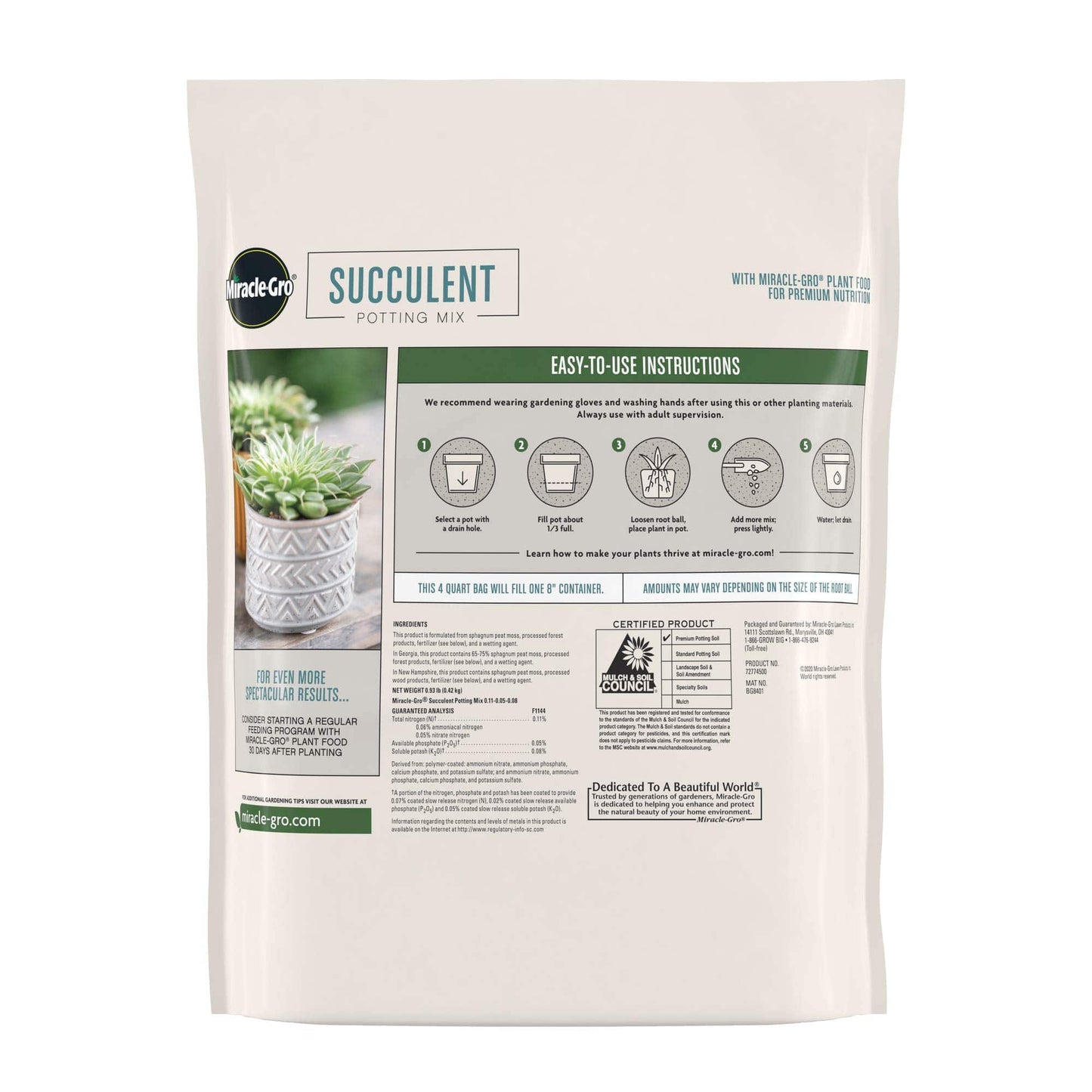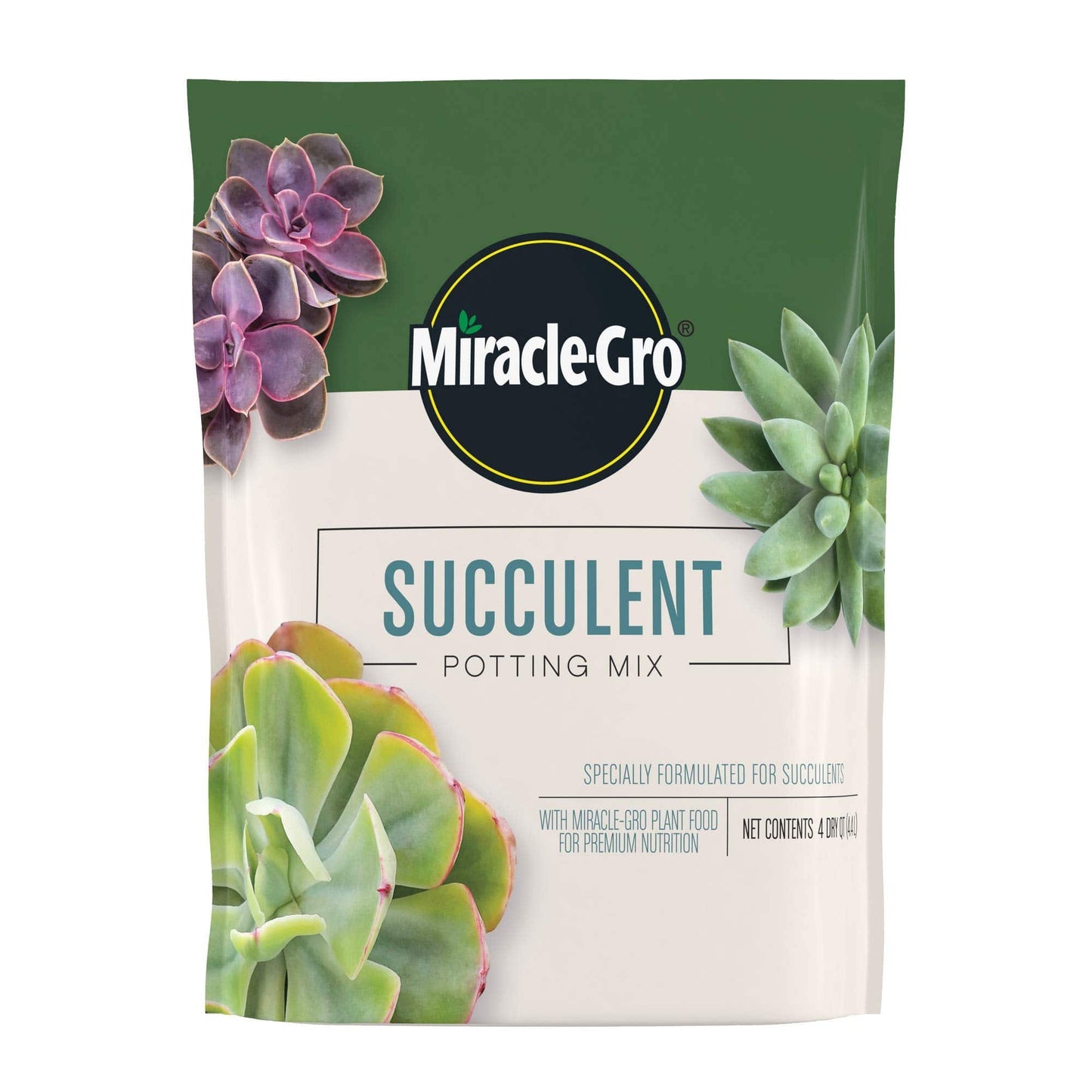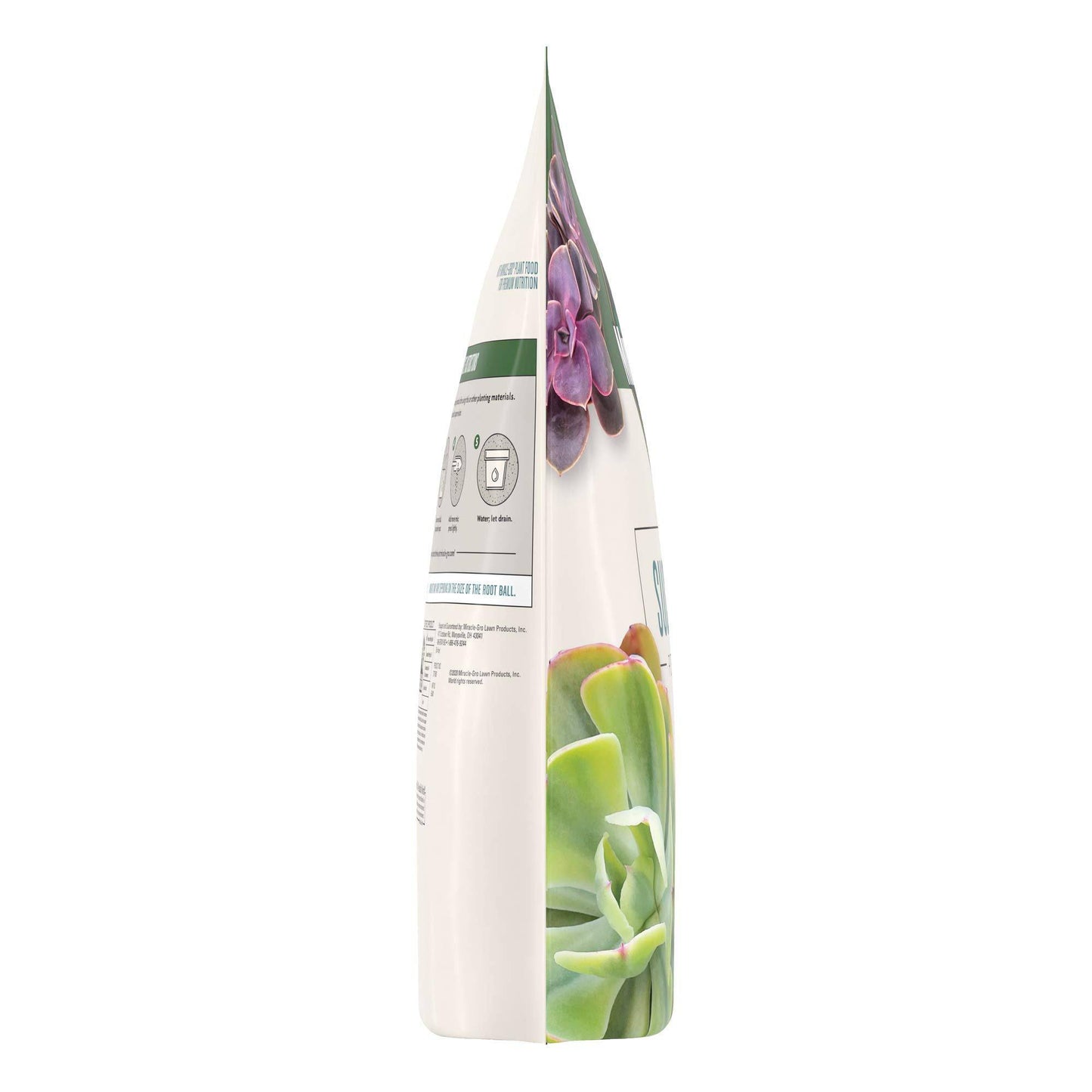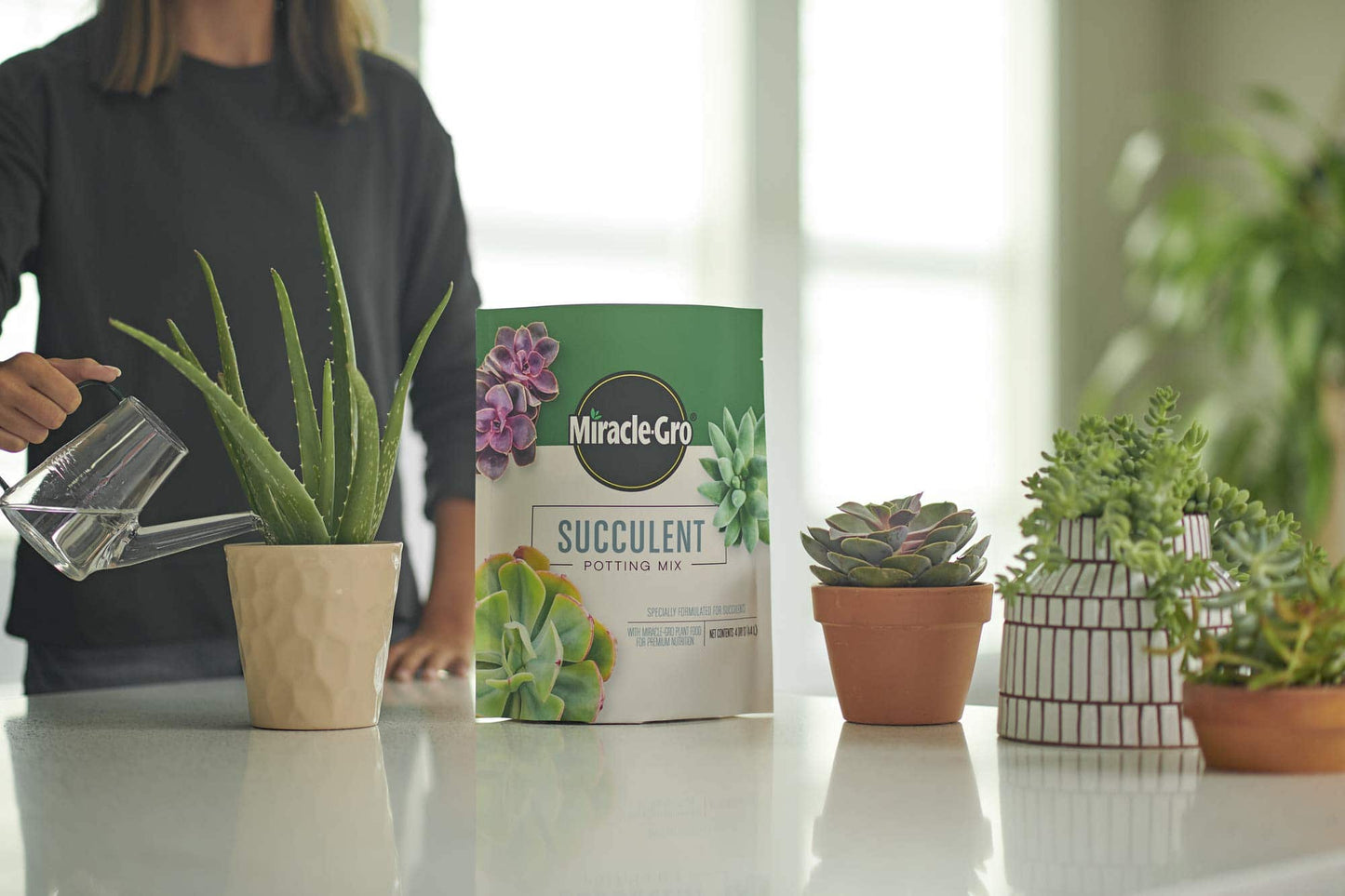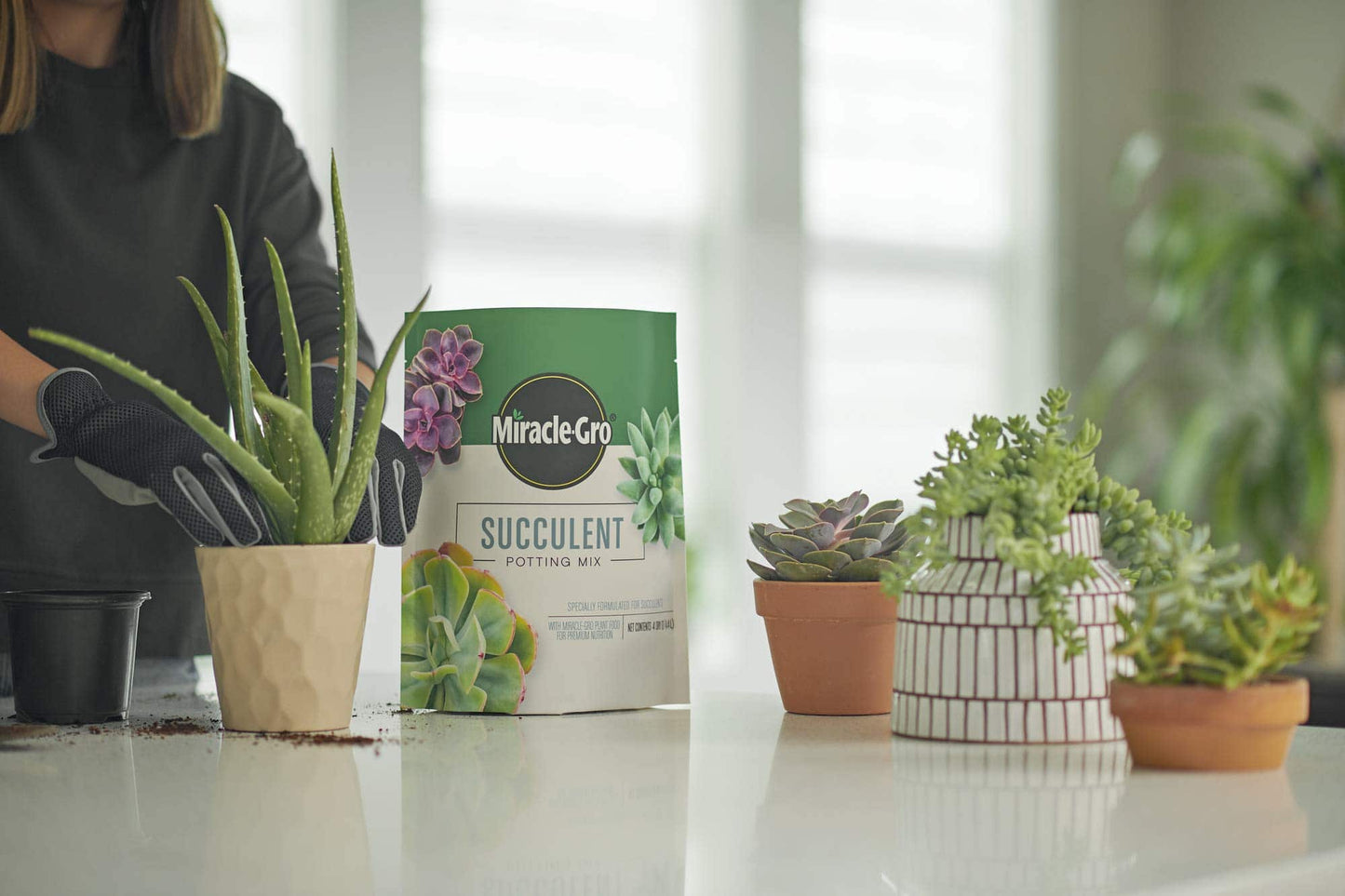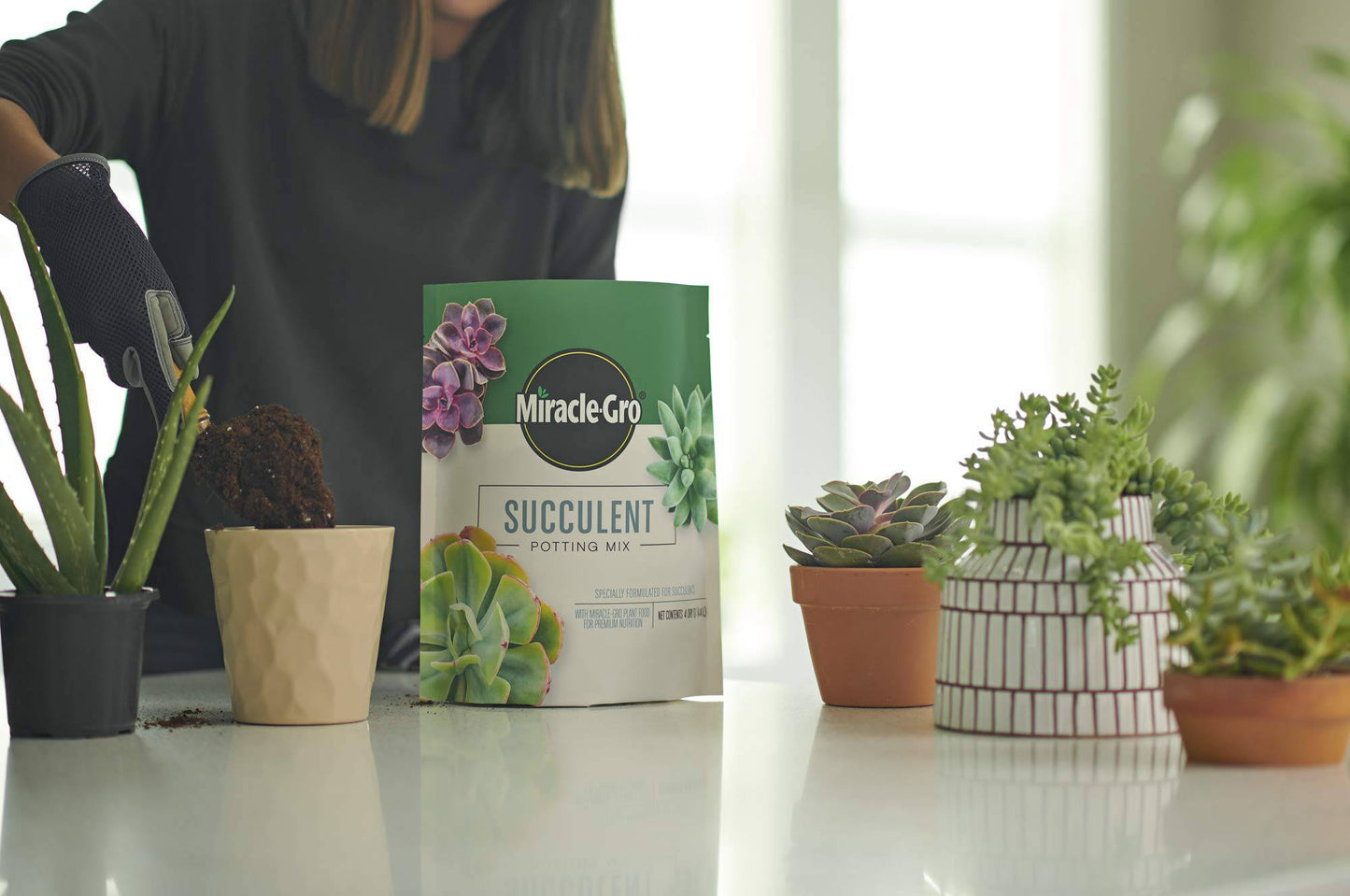Houseplants are a wonderful addition to any home, bringing in a touch of nature and enhancing the aesthetics of your living space. However, many plant parents often overlook the role that temperature plays in the health and growth of their green companions. In this guide, we will delve into the importance of temperature for your houseplants' well-being, exploring the impact of different temperature ranges on plant growth and sharing tips to help you create the ideal environment for your leafy friends.
Understanding the Basics: How Temperature Affects Plant Growth
Temperature is a crucial factor that influences various aspects of a plant's life cycle, from seed germination to flowering. Different plants thrive in different temperature ranges, and understanding these preferences is key to ensuring your plants flourish. For instance, a Purple spotted Phalaenopsis orchid may require warmer temperatures to bloom, while certain succulents prefer cooler conditions to prevent root rot.
The Impact of Temperature Extremes on Houseplants
Extreme temperatures, whether too hot or too cold, can have detrimental effects on your plant babies. High temperatures can lead to wilting, scorched leaves, and even heat stress, while low temperatures can cause stunted growth, yellowing of leaves, and in severe cases, frost damage. As a responsible Plant Mommy or Plant Daddy, it is essential to be mindful of these temperature extremes and make adjustments accordingly.
Optimal Temperature Range for Houseplants
While different plants have varying temperature requirements, most houseplants thrive in temperatures ranging from 65 to 75 degrees Fahrenheit during the day and slightly cooler at night. Providing consistent temperatures within this range mimics the plants' natural habitat and promotes healthy growth. Investing in a thermometer can help you monitor the temperature levels in your plant's environment and make necessary adjustments.
Seasonal Considerations and Temperature Fluctuations
As the seasons change, so do the temperature and light conditions in your home. During the winter months, central heating can lead to dry air and warmer indoor temperatures, affecting plant health. In contrast, the summer sun may raise the room temperature higher than your plants prefer. Adjusting your watering schedule and placement of plants to accommodate these seasonal fluctuations can help maintain optimal temperature conditions.
Benefits of Hydroponics in Regulating Temperature
Hydroponics, a method of growing plants without soil, offers benefits beyond efficient nutrient absorption. One advantage of hydroponic systems is their ability to regulate temperature more effectively than traditional soil-based gardening. By controlling the water temperature and nutrient solutions, hydroponic setups can create an ideal environment for plant growth, ensuring that your green friends thrive year-round.
Tips for Creating the Perfect Temperature Environment
To create an optimal temperature environment for your houseplants, consider the following tips:
1. Provide Adequate Air Circulation
Good air circulation helps prevent heat pockets and ensures even distribution of temperature throughout the room. Place a fan near your plants to promote air movement and reduce the risk of temperature fluctuations.
2. Avoid Drafts and Temperature Swings
Position your plants away from drafty windows, doors, or heating vents to prevent sudden temperature swings. Consistent temperatures help plants thrive and avoid stress.
3. Use Temperature-regulating Tools
Invest in a digital thermometer to monitor the temperature in your plant's environment accurately. Smart thermostats or heating mats can also help maintain stable temperatures for sensitive plants.
4. Adjust Watering Practices
During extreme temperatures, plants may require more or less water to stay hydrated. Monitor the soil moisture levels and adjust your watering frequency accordingly to support plant health.
5. Consider Plant Placement
Place temperature-sensitive plants in locations with consistent temperatures and adequate light levels. Avoid direct sunlight exposure or overly shaded areas that can impact temperature regulation.
Enhancing Your Plant Parenting Experience with Plantonio
At Plantonio, we understand the importance of creating the perfect environment for your beloved houseplants. Whether you are a seasoned Plant Mommy or a budding Plant Daddy, our curated selection of plant care essentials and hydroponic solutions can help you elevate your indoor gardening experience.
When you shop with us, not only will you find the perfect gift for the Plant Lover in your life, but you can also rest assured with the Plantonio 30 Day Guarantee. We stand behind the quality of our products and your satisfaction is our top priority.
Remember, temperature regulation is just one piece of the puzzle when it comes to caring for your houseplants. By understanding the role of temperature in plant health and growth, you can nurture thriving indoor gardens that bring joy and beauty to your home.


